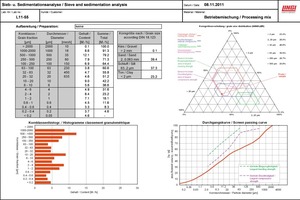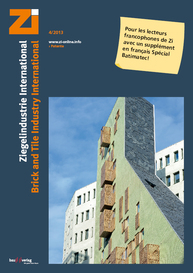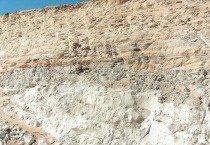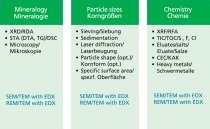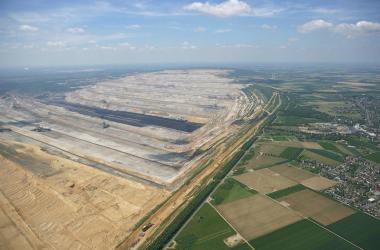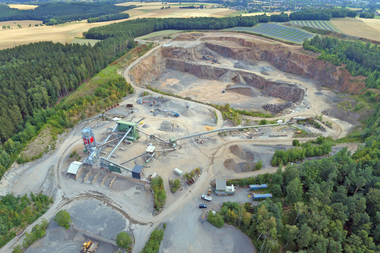Test methods for heavy clay ceramic raw materials: raw material composition (primary properties) – part 1
Prior to designing any dryer and kiln layout, Lingl, as one of the worldwide suppliers of equipment for the ceramic building materials industry, always conducts comprehensive raw material tests. This is the basis for high-quality products made by Lingl’s customers. This article presents those laboratory tests at least necessary from the point of view of the plant supplier as well as supplementary tests. Part 1 of the article deals with material analyses of the raw materials (primary properties). Part 2, which will be published in one of the next Zi Brick and Tile Industry International, introduces tests on the ceram-technological behaviour, i.e. the drying and firing behaviour (secondary properties) as well as possible tests at pilot-plant scale.


